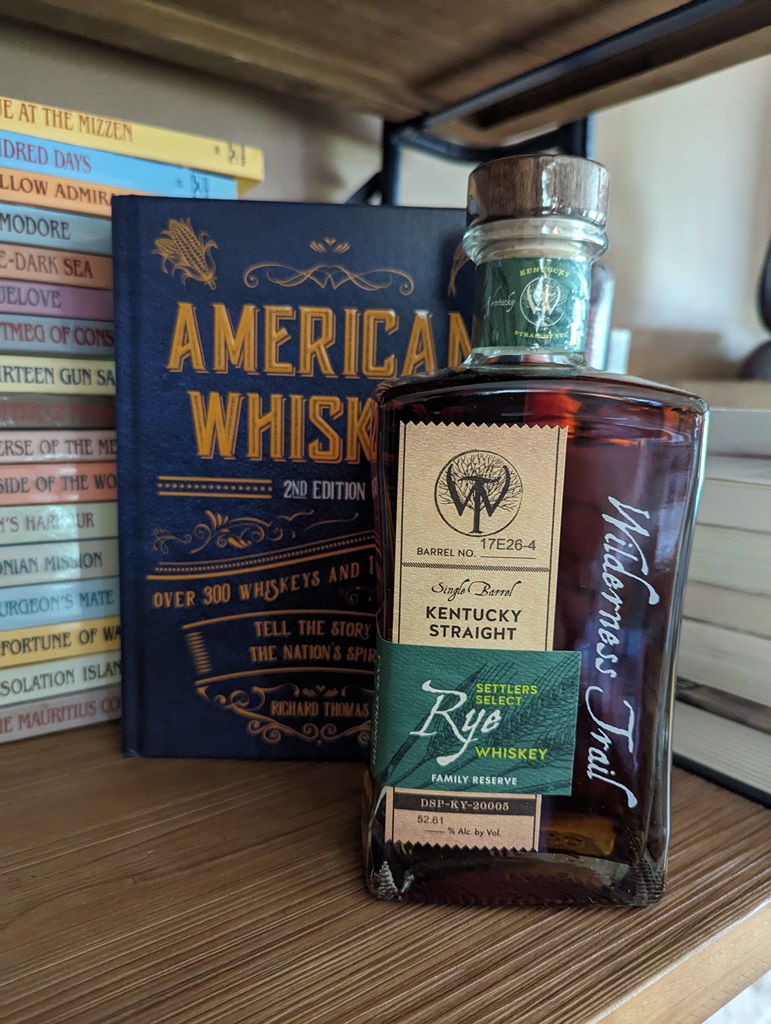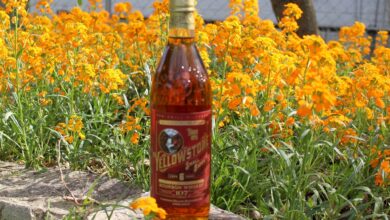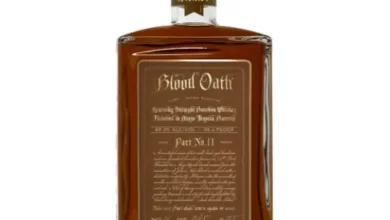Hatozaki Omakase Rye Finished in Mizunara Casks Review (3rd Edition)
By David Levine
Rating: B

(Credit: Akashi Brewery)
Mizunara – just the word makes whisky lovers’ ears perk up and their wallets empty. This Japanese oak species is native to Hokkaido, Japan’s northernmost island, belying its scientific name of Quercus mongolica (though some sources label it as crispula, a variant of mongolica).
An average new, 53 gallon American oak cask is a few hundred dollars, with re-use barrels being turned for as little as $50-$100 each. Mizunara, by comparison, averages upwards of $3,000-$5,000 for a new cask and…well, not that much less for a used one. It’s expensive, rare, and extremely hard to work with. Mizunara is knotty, making it both difficult to cut stave-quality slices and leading to a notorious propensity to leak. It’s also tight-grained and takes upwards of 200 years to mature, 2.5x as long as the average barrel-quality American oak.
To be fair, it does impart a flavor profile unmatched by American, French, and other various European oak species with which we’re more familiar. If we put aside the cost and just look at the flavor, this is a fascinating pairing of American rye and Japanese oak. I was most surprised by the lack of comparative products. For some reason, I had been under the assumption that more brands had tried the pairing – perhaps Barrell or another blending house or NDP, but no. Thus this is a rarer combo than I went in believing.
My guess is that the cost alone scared most away from using it with anything other than bourbon, which is still much more likely to sell on a 1:1 basis than rye. It’s a real shame – I find myself enjoying this pour more and more as I sip it, despite it taking a bit of time to open.
If there were one thing I want to chirp about, it’s something that’s not Hatozaki’s fault. By purchasing totes of rye and blending them in Japan then finishing in the mizunara, to me it takes away from the “American”-ness of the product. On its face that sounds stupid, I know, but hear me out. For some reason that I cannot fully explain, if Hatozaki had done this same process in the US I’d have no such issue.
Just possibly, it’s because neither the rye nor the mizunara are unique to Hatozaki, so in a way there’s nothing specifically Hatozaki about this. Yes, they blend and finish at their Kaikyō, and they (I’m guessing) pick the casks, so there is skill involved.
Clearly I’m conflicted on this, and I’ll have to think about it a lot more to really understand why I’m having such a problem reconciling what is an objectively very good product and my issues with its provenance. In fairness to this product, then, I will rate it only on the pour’s merits.
The Whiskey
In a Glencairn, looks like assam black tea, with medium sloughing rims, medium legs and tiny drops. The nose is quite aromatic, both rye herbal sweetness and mizunara perfume hitting right away. Though listed at “at least” 51% rye, I’d guess the final blend was closer to 60-70%. Unlit incense sticks, potentially sandalwood, some tarragon and a hint of ripe banana.
The palate is a bonanza of flavor, sweet-ish herbs, the barest astringency with maple sugar and patchouli. Expired clove and vanilla round out the back gently. Drinks at or slightly above proof. Mouthfeel is light but syrupy, pepper spice on the tip of my tongue with the incense catching fire. Somewhat coating and covers the whole tongue. Brings out the rye’s darker side. The finish showcases a clearer sandalwood flavor, with the mizunara taking charge. A light red and white fruit salad entering late to add an extra dimension to this. Medium length with a quick ending.
Overall: hits all the notes you expect from a rye finished in mizunara, so full marks for intentionality. At $95, this won’t break the bank, especially for a bottle involving mizunara and cross-globe moving of spirits. Being a sourced rye finished in mizunara, though, I can’t help but wonder if there should be more of a story or another element of this to make it more experiential.
The Price
As mentioned previously, this is a $95 for a 750 ml bottle. The production run for this 3rd edition is about 3,000 bottles.




